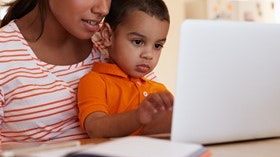Homepage
•
Learning Library
•
Blog
•
Blended learning transformed our school
Expand breadcrumbs
Expand breadcrumbs
- Learning Library
- Blog
- Blended learning transformed our school
- Homepage
- •
- Learning Library
- •
- Blog
- •
- Blended learning transformed our school
Blended learning transformed our school
By Sarah Allen
February 7, 2017








